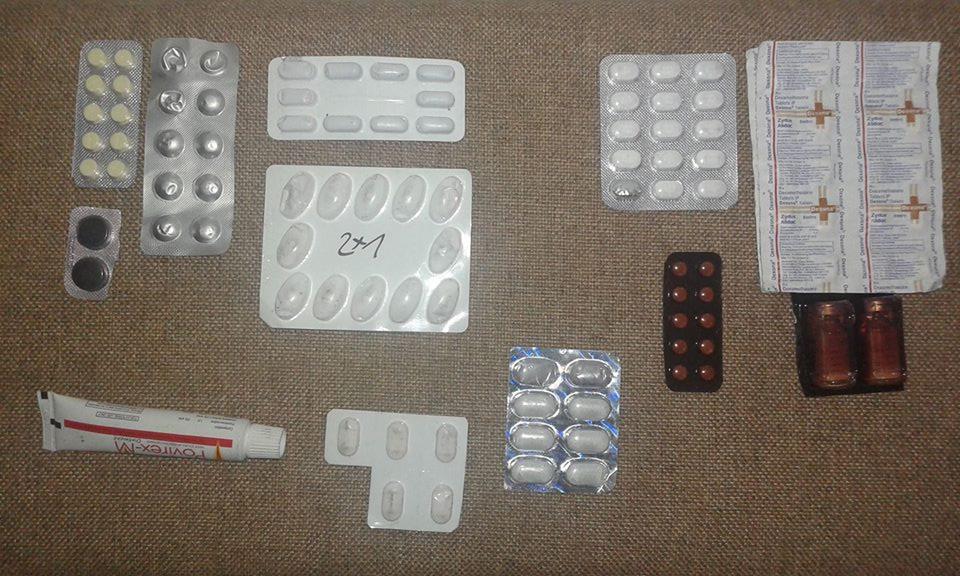The Indian Himalayas are high, huge and not inhabited for large parts.
On trekking or mountain tours, you often meet no human soul for days, except for a few shepherds. Villages can usually only be found at the start and end points of the trekking tours. And even here you will mostly not find a pharmacy or a doctor right away.

Therefore, it is important to be equipped for amedical emergency yourself.
In the Indian Himalayas, the biggest health risk is the highed. The trekking tours and especially mountain expeditions in the Indian Himalayas often lead over high passes between 4000 and 5000 meters of height. On a mountain expedition, of course, you go even higher.

Altitude sickness can become a critical problem if ascending too fast and anyone who passes through the Himalayas on their own should know the right procedure for tours in the High Himalayas in terms of altitude beforehand.

We would like to introduce some medications that can help to adjust to the height or serve as an emergency medicine for acute altitude sickness to ensure time for a quick and safe descent.

Diamox:
Diamox can be taken as a prophylaxis two weeks before the tour (1 tablet per day). The drug increases the oxygen uptake of the blood and therefore helps with acclimatization. However, Diamox has many side effects and we do not recommend it as a prophylaxis. Instead, it can be taken as an acute medication in support of sleep. Then two hours before sleeping take 1 tablet.
Even if you notice during the tour that you have problems with acclimatization and that minor symptoms of altitude sickness occur, such as mild headache and breathlessness, Diamox can be used. But then again only one tablet every day.
Anyway we always recommend a longer acclimatization phase instead with a slow ascent.
Dexamethasone:
Dexamethasone is used as an emergency medicine for brain swelling. Symptoms include balance disorders and dizziness. In an emergency, inject 8 mg and take a tablet of 4 mg after every 6 hours. The use of the drug should give time for a descent to lower height.
Nifedipine:
Rattles in the lungs, sudden drop in performance, bloody ejection and cough are strong signs of pulmonary edema. Then 1 tablet of Nifedipne can be taken every 6 hours. Here, the drug again serves only as an emergency drug to gain time for a descent.
In addition to altitude sickness, gastrointestinal problems can be caused during a mountain tour in India.
This may be due to the lack of hygiene, but it can also have its causes in the combination of spices and different ingredients.
However, diarrhea can weaken you during a mountain tour and are undesirable. The following medications can help:
Pantoprazole– Against stomach acidification
Vomistop– Against nausea
Gastric Antibiotic– For Gastrointestinal Problems
Lopedium Acute– In case of acute diarrhea, does not solve the problem, but the symptom
Carbon tablets– Filtering toxins from intestinal fluid
Furthermore, taking painkillers with you makes sense, whereby aspirin should be avoided.
Paracetamol/Iburofen– in case of pain and inflammation
The rapid change of cold and heat, the heavy use of air conditioners while travelling to your destination in India, can also provide a small cold. The following medicines may be useful for this purpose:
Ratiogrippal– In case of acute cold
Nasal spray– For swelling of the nasal mucous membranes for a breath-free sleep
Lozenges– for sore throats
In addition to this small emergency pharmacy, dressing material for the treatment of wounds should also be considered in any case. This also includes disinfectants,as well as iodine ointment.
Attention: We are not doctors, only mountaineers. Please get more valued information from your doctor in detail before a major mountain tour (in India)!






